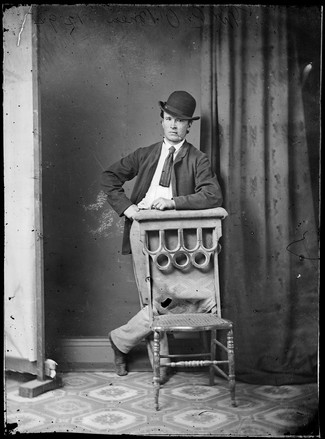From the South Australian Register, 25 September 1882
[Larrikinism] may be described as a banding together of idle and disorderly youths for the purpose of effecting mischief— a sort of street brigandage, a high handed defiance of the law, a wild and misdirected exuberance of animal spirits, a revelling in pure devilment, a stepping-stone on the threshold of crime... [In England] it was mainly the outcome of poverty and had criminal associations, while in Australia larrikinism was often associated with those who had plenty and had fairly respectable connections. With us it was a well-to-do thing. In many instances it began with a pure wanton love of mischief, where young lads in comfortable circumstances congregated in public and incited each other to acts of rudeness, or visited the theatre and drinking bars, till it was not long before they found their way to the low saloons connected with some of the public-houses of the city, and there became contaminated with vice in its foulest aspect... Thus gradually was an unruly class formed, which made its presence felt in a very offensive manner. After a time the more proficient assume a sort of defiant swagger, and took to insulting respectable people with language altogether foul. [South Australian Register, 25 September 1882, p 6]



 Back to list
Back to list